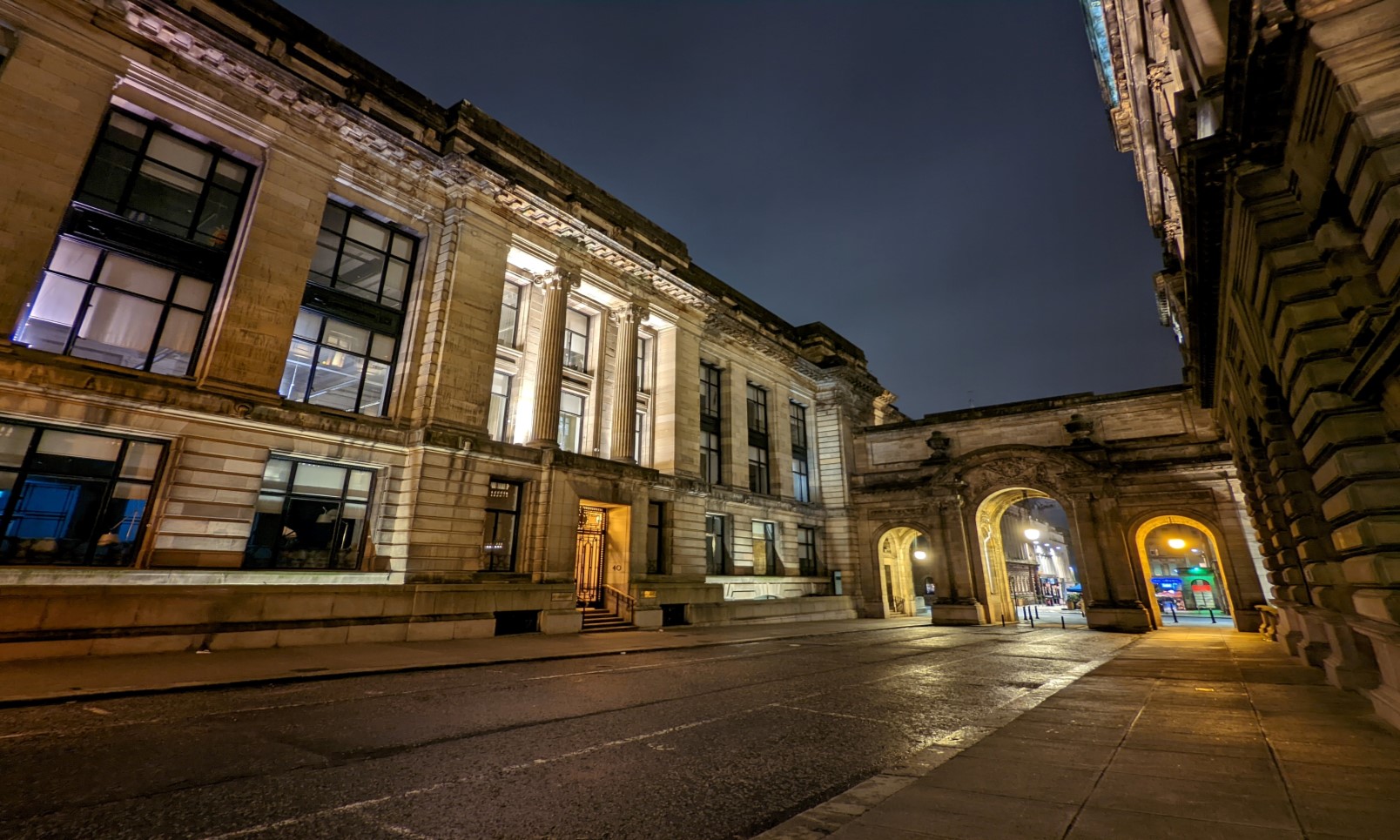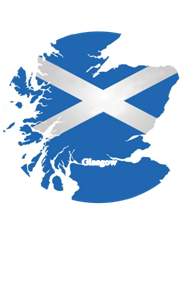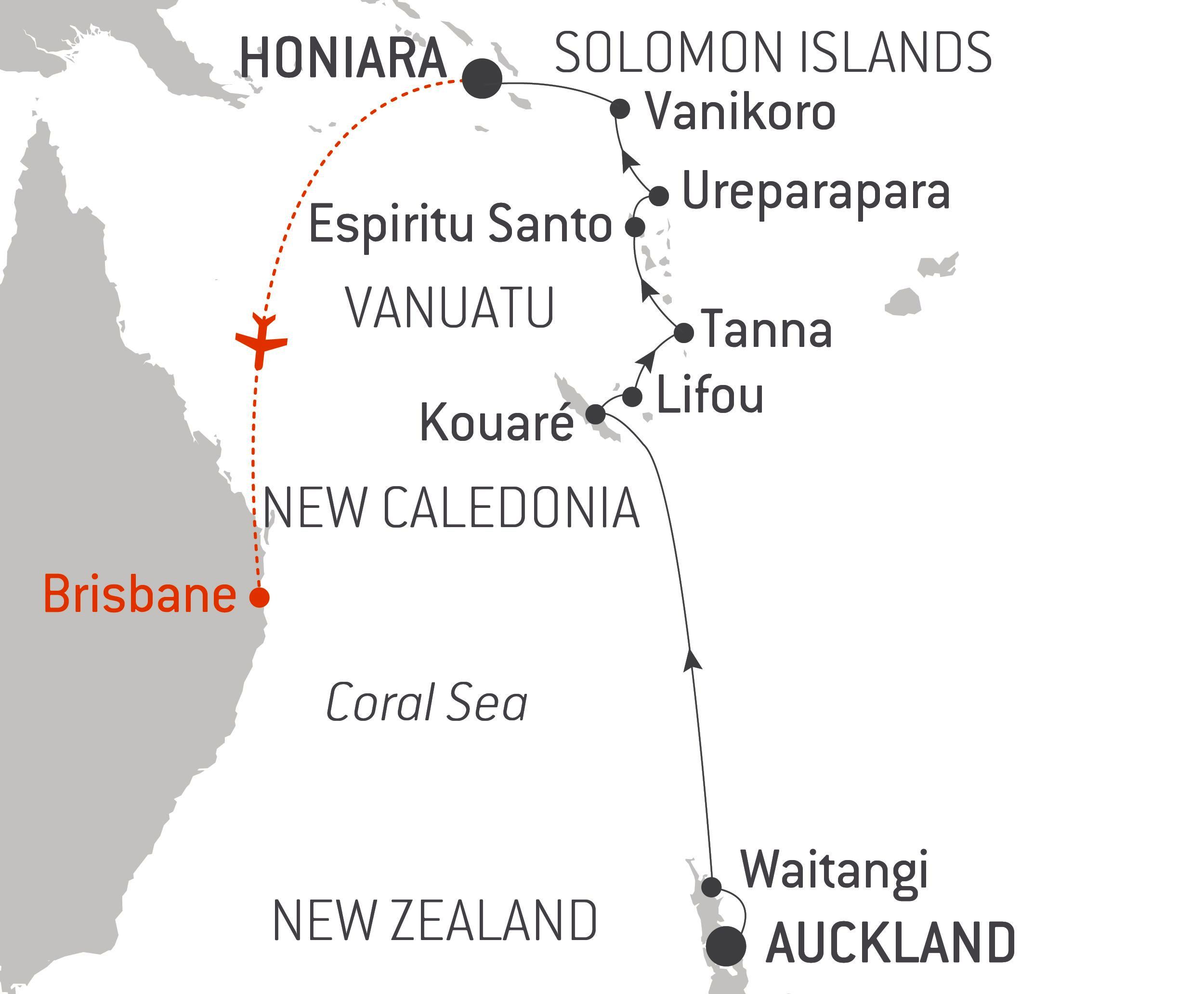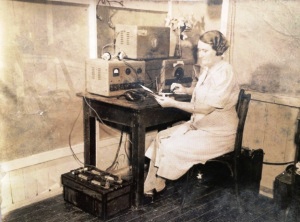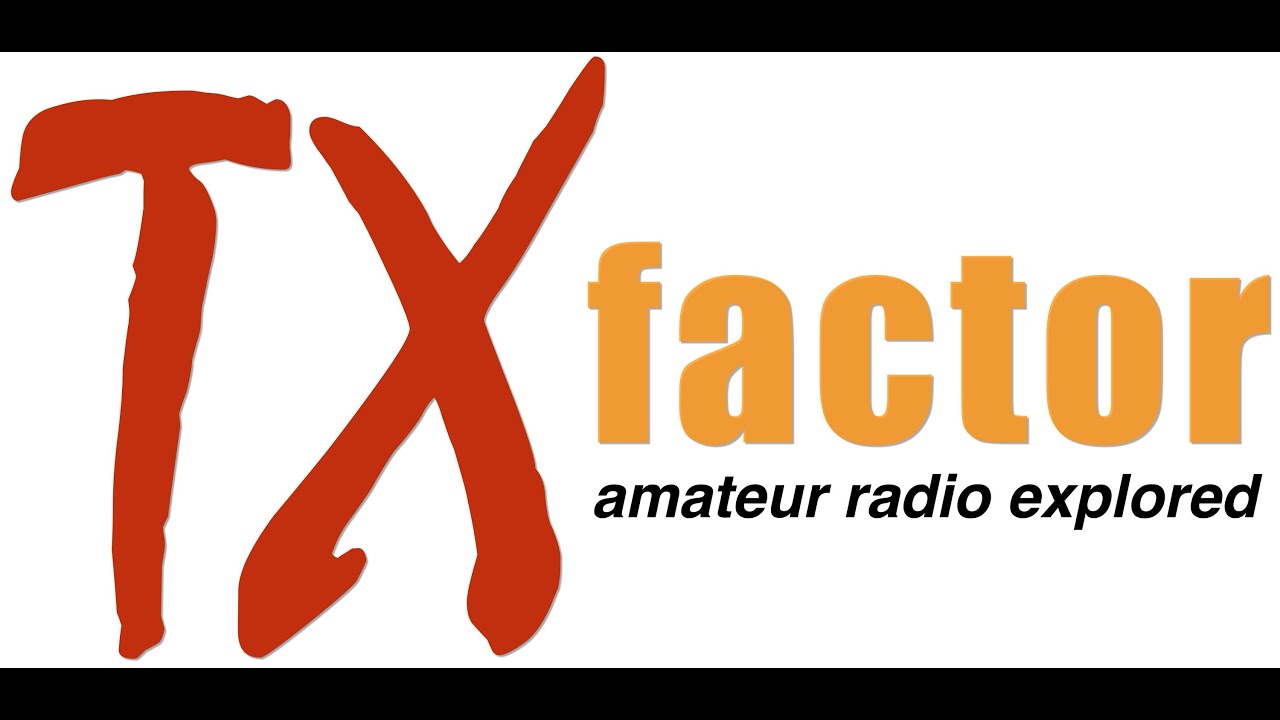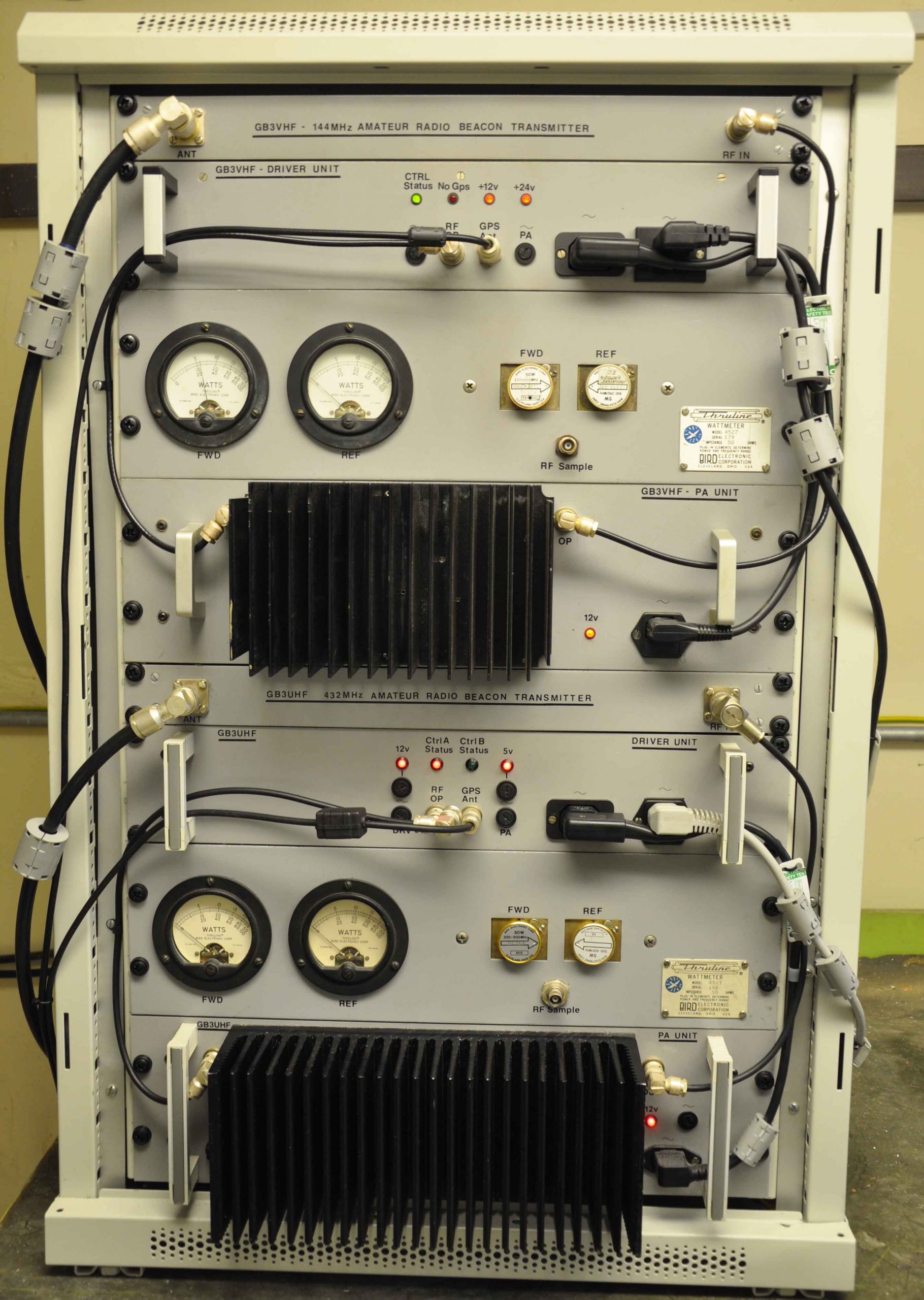The news headlines:
- Get on the Air to Care wins award
- New IARU VHF handbook
- RSGB mounts Christmas charity auction
GB2RS Script – HERE .
Tony MM0TMZ – Regional Manager for RSGB Region1 – Scotland South & Western Isles
A reminder to all radio amateurs that certain frequencies are reserved in the Band Plans for use by the GB2RS broadcast service on Sundays. These include:
70.425 (4M) 145.525 (2M) 433.525MHz (70cms)
The schedules are published at:
https://rsgb.services/public/gb2rs/gb2rs_broadcast_schedule.pdf checkout WoSARS.com/QUICKLINK – GB2RS
All radio amateurs are asked to avoid these frequencies at the stated times.
The service areas of the different regions do overlap and the RSGB requests that the GB2RS frequencies are kept kept clear of all traffic during the broadcast period. Unlike normal amateur radio, the GB2RS bulletins are licensed as broadcasts and have to use fixed frequencies.
CLUB NEWS & NETS
Details of all known nets in Scotland are collated by RSGB Regional Rep Tony, MM0TMZ in association with Jack GM4COX and the West of Scotland Amateur Radio Society. These details are then published at https://wosars.club/radio-nets – RADIO NETS .
In the absence of club meetings, the West of Scotland Amateur Radio Society (WoSARS), has a daily FM net from 11am on 145.425MHz. Wednesday sees an FM net from 8pm on 433.425MHz and on Friday there’s an open net on 145.425MHz, also from 8pm. More details are at https://wosars.club
The Viking Amateur Radio Net runs on Sunday evenings from 6pm on 3.660 or 3.639MHz. Details can be found on their Facebook page.
Ayr Amateur Radio Group has a CW net on Sundays on 144.295MHz from 7pm and on 145.450MHz FM from 7.30pm. There are daily nets around 7.035MHz from 10.15am, moving to 7.065MHz and 145.450MHz at 10.30am. Friday sees a Zoom meeting, which may include a presentation. For details, email derek.secaarg@gmail.com.
Kilmarnock & Loudoun Amateur Radio Club has a net on Sundays from 2pm around 3.720MHz SSB, later moving to around 3.540MHz for a CW net. Tuesday sees a net on 145.475MHz FM from 7.30pm. For details, email klarcinfo@gmail.com.
Mid Lanarkshire Amateur Radio Society has a net on Sundays from 9pm on 28.475MHz. Wednesday sees the DMR Scotland net on TG23550 from 8pm and on Friday there’s a private club Zello chat from 7pm, which later moves to 2m. Details are at https://mlars.co.uk.
Wigtownshire Amateur Radio Society has a net on Sundays from 7.30pm on GB3DG, which usually moves to Zoom at around 8pm. Thursday sees a net on GB3DG from 7pm. There is also an open RAYNET net daily on GB3DG from noon. See www.gm4riv.org for further details.
Dundee Amateur Radio Club has nets on Sundays and Wednesdays from 7.30pm on GB3AG and on GB3DD. There is a Skype meeting on Tuesday Contact Martin, 2M0KAU on 07763 708 933 for further information.
Stirling and District Amateur Radio Society has a net from noon on Sundays on GB3FE. Monday and Thursday also see nets on GB3FE and on 145.550MHz from 7pm. Email secretary@gm6nx.com for details.
The Loch Lomond Sunday net takes place on 144.9625MHz in the Vale of Leven and surrounding areas and also via Echolink on gateway MB7 IBH-L from 8pm, moving to DMR TG 23559 from 9pm. Contact Paul, MM3DDQ via email to mm3ddq@yahoo.co.uk for further details.
Edinburgh & District Amateur Radio Club has its net on Monday from 8pm on 433.525MHz FM. Contact Norman, GM1CNH, on 07740 946 192 for further information.
Glenrothes & District Radio Club has open nets from 10am on 3.790MHz every day except Sunday. There are also FM nets on Tuesday and Thursday from 7.30pm on 145.425MHz and morse training is available. Further details from Tam on 07753 526 498.
Paisley Amateur Radio Club has an FM net on Mondays from 8pm on 144.550MHz and on Zello. Tuesday sees a DMR net in room 4415 from 8pm. On Thursday there’s a net on 144.550MHz FM and on Zello from 7.30pm.
Livingston & District Amateur Radio Society has a net on Tuesdays from 7.30pm on 145.575MHz FM. Wednesday sees a net on DMR Scotland TG23550 from 8pm. Contact Cathie, 2M0DIB on 01506 433 846 for further information.
On Wednesday Lothians Radio Society has a net on 144.350MHz SSB from 8pm. Email secretary@lothiansradiosociety.com for further details.
Caithness Amateur Radio Society holds nets on Wednesdays and Saturdays from 2pm on 3.740MHz LSB, ±QRM. Details are at www.QSL.net/ms0fnr.
Lomond Radio Club has a net on Thursdays from 7.30pm using 144.9625MHz to the MB7IBH Gateway and is also connected on EchoLink. Contact gm0kzx@googlemail.com for further information.
On Friday Strathclyde Park Amateur Radio Club has a net from 7.30pm on 145.400MHz, and also on the British Amateur Television channel from 8pm. Email Bill, MM0SFB at gm0syv@btinternet.com for further information.
Remember, if you wish to have your net listed on the WoSARS website or to report any changes to existing Scottish nets please contact Tony Miles MM0TMZ by email to rr1@rsgb.org.uk. Remember also to keep GB2RS updated via email to radcom@rsgb.org.uk the deadline for submissions is 10am on Thursday.
